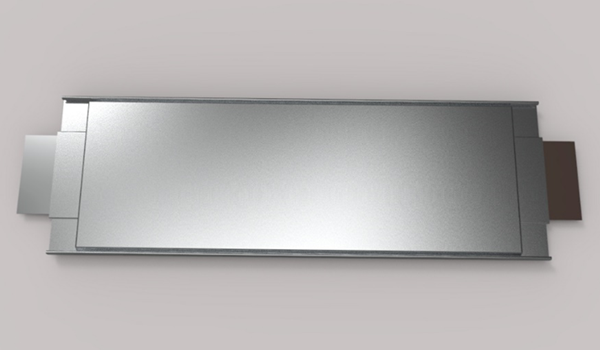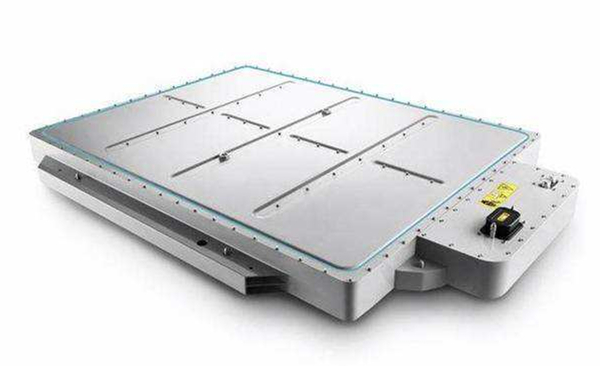LIPO Battery Safety Tips-Hazard, Storage & Charging
Oct 31, 2019 Pageview:1368
Are LIPO batteries really that dangerous?
Lithium-polymer batteries, better known as LiPo, have high energy density, high discharging speed and low weight, making them an excellent candidate for RC applications. This can only be dangerous if you do not follow the safety rules.
Safety Rules
Improper handling of LiPo batteries can cause a fire. Make time to read these safety rules before handling / charging the batteries.
· Lift a LiPo battery on the body and not on the cables: the cables could be removed from the fragile solder joints.
· Safe charging: It is very important to find a refractory location to recharge your batteries. Using a lipo-safe bag is a good option, and some even build a bunker for it. An ammo box is a cheap but effective solution.
· Do not charge the battery immediately after use; wait until it has completely cooled down.
· It is recommended to charge the battery at 1 ° C or below.
· Do not charge the battery unattended: Check the battery regularly for heat or swelling. In this case, stop charging immediately.
· Never use or charge a damaged battery: Do not charge it when it is swollen or has other visible damage.
· Make sure the cell number and battery types in the charger are set correctly to match the cell number and battery type.
· Do not overload the charger, although this is usually done by the charger. However, it is recommended to check cell voltages regularly.
· Do not leave a battery in the sun or in a hot car.
How do you keep LIPO batteries healthy?
A very good rule to follow here is the "80% rule". This means that it is never necessary to download a Li-Po package below 80% of its capacity for security (80% downloaded in other words). For example, if you have a 2000 mAh LiPo package, you should never remove more than 1600 mAh from the package (80% x 2000). This means a healthy package, which also has a total capacity of 2000 mAh (with increasing packet age, their capacity decreases).
This is where computer chargers are paid multiple times, so you can see how much battery you need, allowing you to adjust flight times accordingly to stay within that 80% rule to take advantage of it. If you do not have a computer charger to confirm the amount of capacity, another good indicator is to measure the open circuit voltage (without the charging voltage) of the packet or individual cells immediately after a flight / drive with a digital voltmeter or another measuring device similar digital voltage.
The 80% LiPo cell will provide an open circuit voltage of about 3.73 to 3.75 volts. Therefore, a 3S LiPo package would appear to be about 11.22 volts after a flight when about 80% is discharged, a 6S packet would be in the 22.44 volt region. The longer you look after the flight / in the car, the less this method of tension will be less accurate to determine a discharge of 80%, since when the package rests after the flight, the open-circuit voltage at idle will restore itself easily, maybe even 3.78 - 3.80 volt something like that. LiPo, LiIon and LiFe batteries obviously have very different characteristics compared to conventional RC rechargeable batteries. Therefore, their correct charging with a charger specifically designed for lithium ion batteries is essential for both battery life and safety.
How long should you charge LIPO batteries?
Maximum Charge Voltage and Current
A 3.7 Volt LiPo RC battery is charged 100% when it reaches 4.2 volts. Loading further will substantially reduce your life. In fact, the mobile phone industry has conducted a study on the effect of fully charged LiPo voltages in relation to cycle time. These tests were performed under ideal laboratory conditions, obviously at lower phone download speeds and, of course, 80% depth was respected. Here are the results:
· Charge to 4.1V gave over 2000 cycles.
· Charge to 4.2V gave about 500 cycles.
· Charge to 4.3V gave under 100 cycles.
· Charge to 4.4V gave less than 5 cycles.
People in the RC world have also reported life cycle increases. An on-going example seems to indicate that if you set the maximum charging voltage to 4.15 volts per cell (if computer charging provides this option), you should definitely be able to get longer battery life (if using the rules) LiPo is religious) More and more people believe that this termination voltage 4.15 is the "optimal point" for both the performance and the RC usage cycle. Most RC chargers do not give you this ability, but if you do, you may want to consider it.
One caveat to this I should mention is the new generation of "high voltage" LiPo cells. There are a few manufacturers that are producing LiPo cells that can handle as high as 4.35 volts and maintain a 500 cycle life is possible.?
Regardless of your maximum charge termination voltage, keeping each cell in the LiPo RC battery pack at the same voltage is another important rule to understand when I just started talking about the balancing of the RC LiPo batteries, so keep it on the back of the head right now.
These are the seven main things that can result in shorten LiPo battery life:
1.LEAVING A LIPO FULLY CHARGED FOR SEVERAL DAYS
2.PHYSICAL DAMAGE ( like dropping, using too much strong Velcro, over tightening straps, prying cells apart etc)
3.OVER DISCHARGING
4.HEAT
5.INADEQUATE BALANCING
6.OVER CHARGING (voltage & current)
IMPROPER STORAGE VOLTAGE (more on that shortly)
- Prev Article: Show More About AAA Lithium Ion Rechargeable Batteries
- Next Article: Lithium Air Battery-Operation, Comparison and Breakthrough
Leave Message
Hottest Categories
-
Hottest Industry News
-
Latest Industry News











